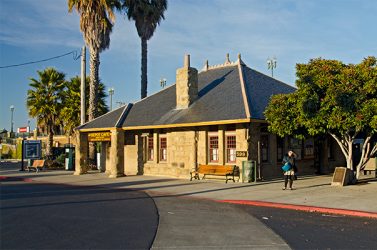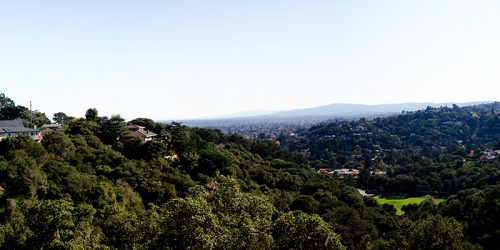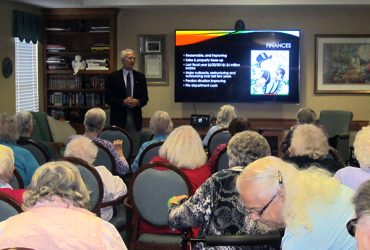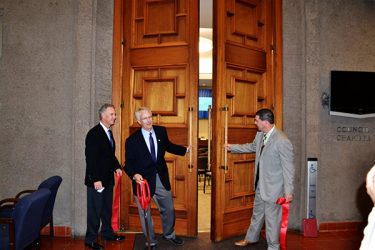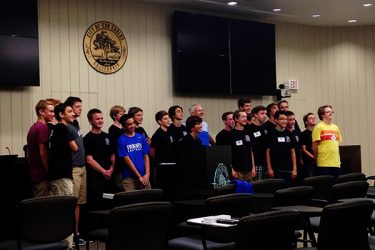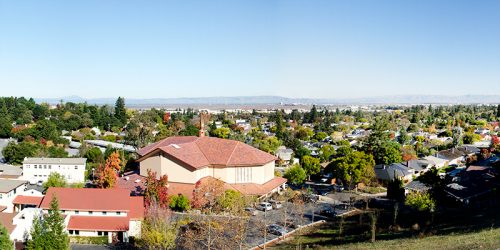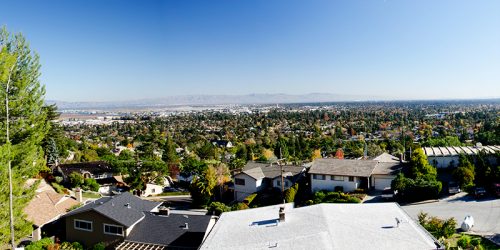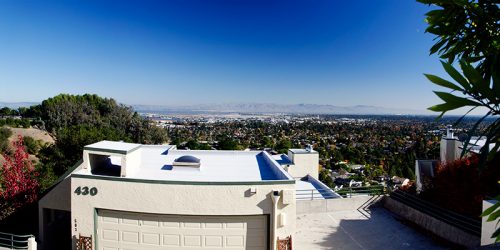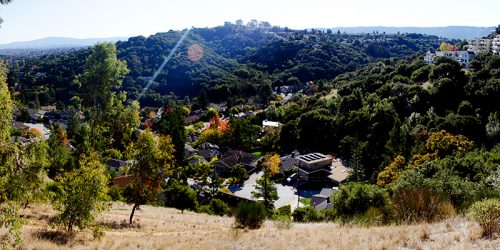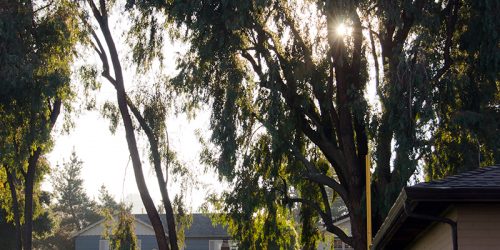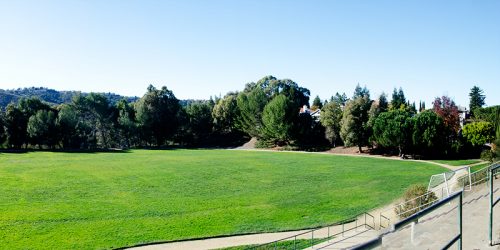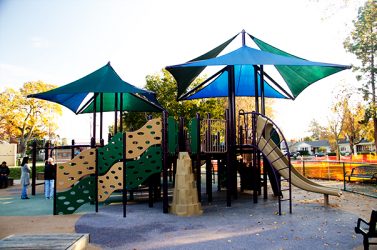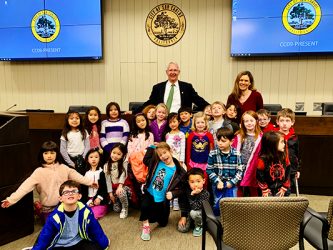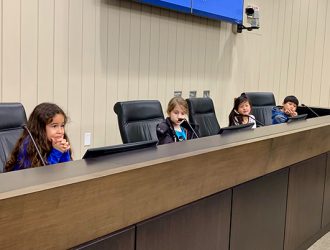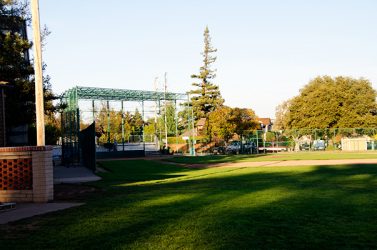Last night (3/12/2020) the Council held a special meeting to consider affirming the declaration of emergency the city manager had issued a day ago and to discuss whether or not to take additional steps to protect public health in San Carlos.
The meeting began with presentations by state and federal emergency management personnel on the quarantine hotel that’s been opened in San Carlos. I was very impressed by the caliber, thoughtfulness, and willingness to answer questions demonstrated by all the people who addressed us.
The Council unanimously confirmed the city manager’s emergency declaration, extending it for as long as the Governor’s emergency declaration lasts (it can’t, by law, last longer than that) with the proviso that the Council may choose to lift it earlier than the Governor’s declaration if local conditions warrant. You can find the text of the original declaration here.
Should We Go Further?
The Council then turned to discuss what, if any, additional steps we should enact locally in response to the Covid-19 pandemic. In the end, while we gave direction to staff regarding certain matters (e.g., ensuring the Sheriff’s Department would be able to provide increased patrols of our local public schools if they close or shift to a “distance learning” model) we chose not to go beyond the regulations enacted by San Mateo County.
I’m not sure that was what we should have done. I believe there’s a reasonable argument for being more aggressive, in certain regards, than the County regulations. The rest of this article lays out why I say that so that you can draw your own conclusions as to your personal situation.
Avoiding the Italian Situation
My colleague Ron Collins spoke to Dr. Charity Dean, a senior official of the California Department of Public Health, after the Wednesday evening press conference announcing the hotel quarantine facility. During that conversation Dr. Dean told Ron that we, as a nation, have about two weeks to get ourselves organized if we’re to avoid what happened in Italy where the medical system has collapsed under the weight of Covid-19 cases and suspected cases. This is essentially the same perspective that Dr. Anthony Fauci, director of the National Institute of Allergy and Infectious Diseases, has been asserting.
For whatever reason I missed this element of the Covid-19 situation. But it gave me pause. If we only have two weeks to avoid a collapse of the public health system shouldn’t we be taking unusually aggressive steps to buy us some more time? While everything I’ve been able to find from any scientifically-credible source says Covid-19 is “only” a very serious flu-like illness, not the Black Plague, overwhelming our public health system with it would have very serious consequences regardless.
Not All Regulations Are Created Equal
That’s why I asked the Council to consider going beyond the County’s regulations as regards the size of public or private assemblies (the County limit is 250; assemblies of more than that number of people are forbidden for three weeks, with a number of exceptions). It’s a difficult issue to grapple with since while it might lessen public health risks it would definitely harm a number of local businesses and might have limited effect unless other jurisdictions followed suit (diseases don’t respect city boundaries).
On the other hand it’s worth remembering that not all regulations are created the same way. It was clear from the testimony of emergency medical officials that the recommendation to increase “social distances” to 6 feet was based on empirical data: it’s been determined that’s how far droplets of moisture that carry viruses are spread when someone coughs or sneezes1.
It’s equally clear, to me at least, that the 250 limit was likely not derived the same way. Why? Because, as I pointed out last night, even in a 60 x 60 foot room — 3,600 square feet, which is a pretty big place — you could only fit roughly 100 people if they were maintaining a 6 foot distance from each other.
More importantly, that’s not how assemblies of 250 people arrange themselves, except theoretically for something like an auditorium address2. We cluster. Because we’re generally getting together in such numbers not to listen to an address but to socialize. Which you can’t really do across 6 foot gaps.
No, I’d be willing to bet that the 250 person limit was set more like this:
- “We should limit the size of gatherings.”
- “Okay, that’s a good idea. What limit?”
- “Not sure. 1,000? 100? 10? There are arguments for all those.”
- “If we pick too small a number we’re going to shut down a number of businesses, and really impact the community in other ways, too.”
- “You’re right. How about 250?”
- “Um… sure. It’s less than what others have done, which is good given what’s happening, but not too small.”
- “Let’s go with it for now.”
I’m not faulting the people who might have had such a conversation. It’s a difficult problem, where you’re guaranteed to be wrong — in the sense that you will unnecessarily impact someone — regardless of what you do.
But that 250 person limit is not consistent with 6 foot social separation and therefore should be questioned, in my opinion.
Why Significant Limits on Gatherings May Be Important
The reason to consider tighter limits on gatherings has to do with how viruses spread, the limited ways we have to treat them3 and the particular attributes of Covid-19.
While Covid-19 may be similar to a really bad flu in terms of its degree of lethality4 it appears to be different5 from a typical flu in how it develops.
When you get infected by a virus it takes over more and more cells in your body6 and forces them to make copies of itself. But you may not notice that. What you will notice is your body gearing up to fight it off: many of the “flu symptoms” we experience are the result of our immune system dropping into warp drive to combat the viral invasion.
With a typical flu your body starts mobilizing your defenses very quickly…so you start feeling sick quickly. That encourages you to “self-quarantine”. Which is good from a public health perspective because if you’re not out and about those copies of the virus your cells are generating won’t infect many people. That, in turn, helps the overall disease die out.
Covid-19 appears to be different in that initial ramp-up. It goes merrily to work…and, for most people, their bodies don’t drop into active defense mode for a number of days. Making someone who is coming down with Covid-19 an unwitting asset for the virus, which gets to spread through a bigger portion of the population.
Limiting the size of assemblies, perhaps drastically, is probably one of the few things we can do to break this pattern and slow the spread of the virus. That’s why I asked the Council to consider doing something which, I’d be the first to admit, I’m not sure is a good choice. I just don’t want to find out three weeks from now that we should’ve taken that step because by then the public health system might be collapsing.
Wrapping Up
Please understand that I am not blaming my colleagues, or city staff, or anyone else for that matter, that we didn’t take more aggressive action last night. Everyone I’ve interacted with in this crisis has been diligent, intensely-focused on working the problem, and desirous of nothing else than protecting the public.
But I really do think we should’ve done more, should do more, and on as broad a scale (i.e., not just San Carlos) as we can as quickly as we can. Because the consequences of being wrong look pretty damn serious, even given that more aggressive action will seriously harm a number of people, organizations and businesses.
But now you know everything I know, and why my gut tells me what it’s telling me. Please think about it and, if it makes sense to you, factor it into your plans.
Stay healthy. And help others less impacted than you. We’re all at risk as individuals but collectively but if we help each other we’ll get past it.
You have to love scientists who study stuff like this analytically ↩
Staff arranged the Council chambers so the public chairs were that far apart. It looked really weird. ↩
There are very few drugs that attack viruses like how antibiotics attack bacteria because viruses aren’t really alive — and so can’t be killed — except when they’re copying themselves inside your cells. ↩
About 0.65% versus 0.1% based on the latest estimates I’ve been able to find, much worse for certain groups like the elderly and people with respiratory or heart conditions. ↩
One of our challenges is that we’re figuring all this stuff out in real-time. Maybe it’ll ultimately turn out to be more flu-like in how it interacts with our bodies, too. ↩
They may be concentrated in particular tissues. ↩
